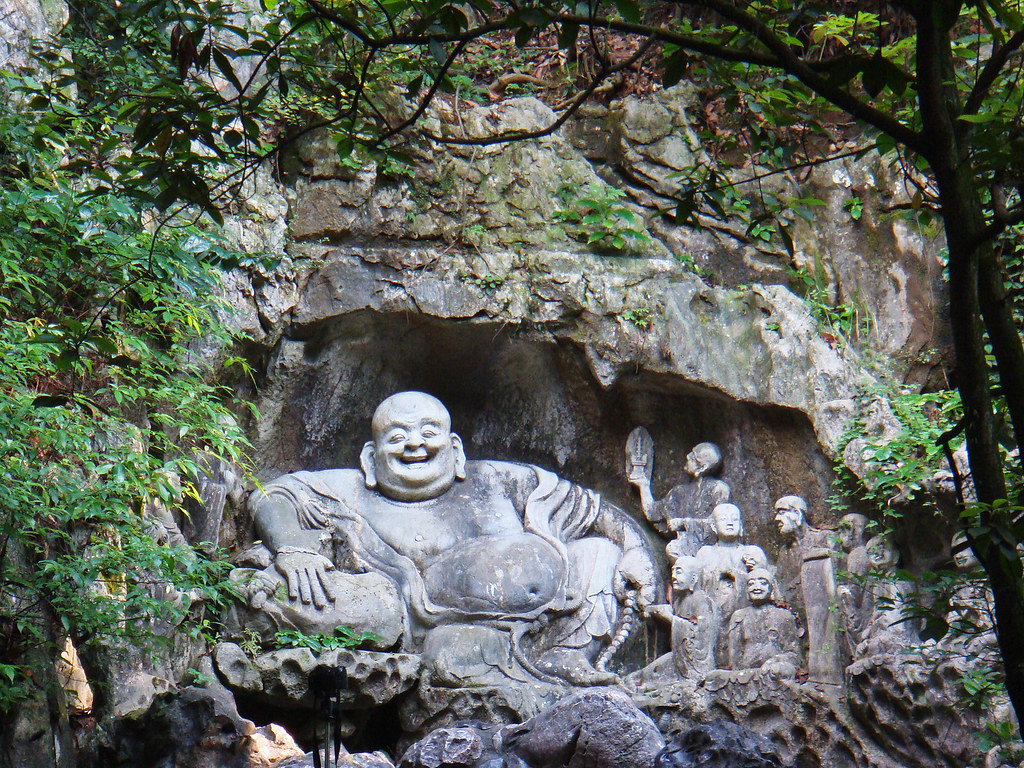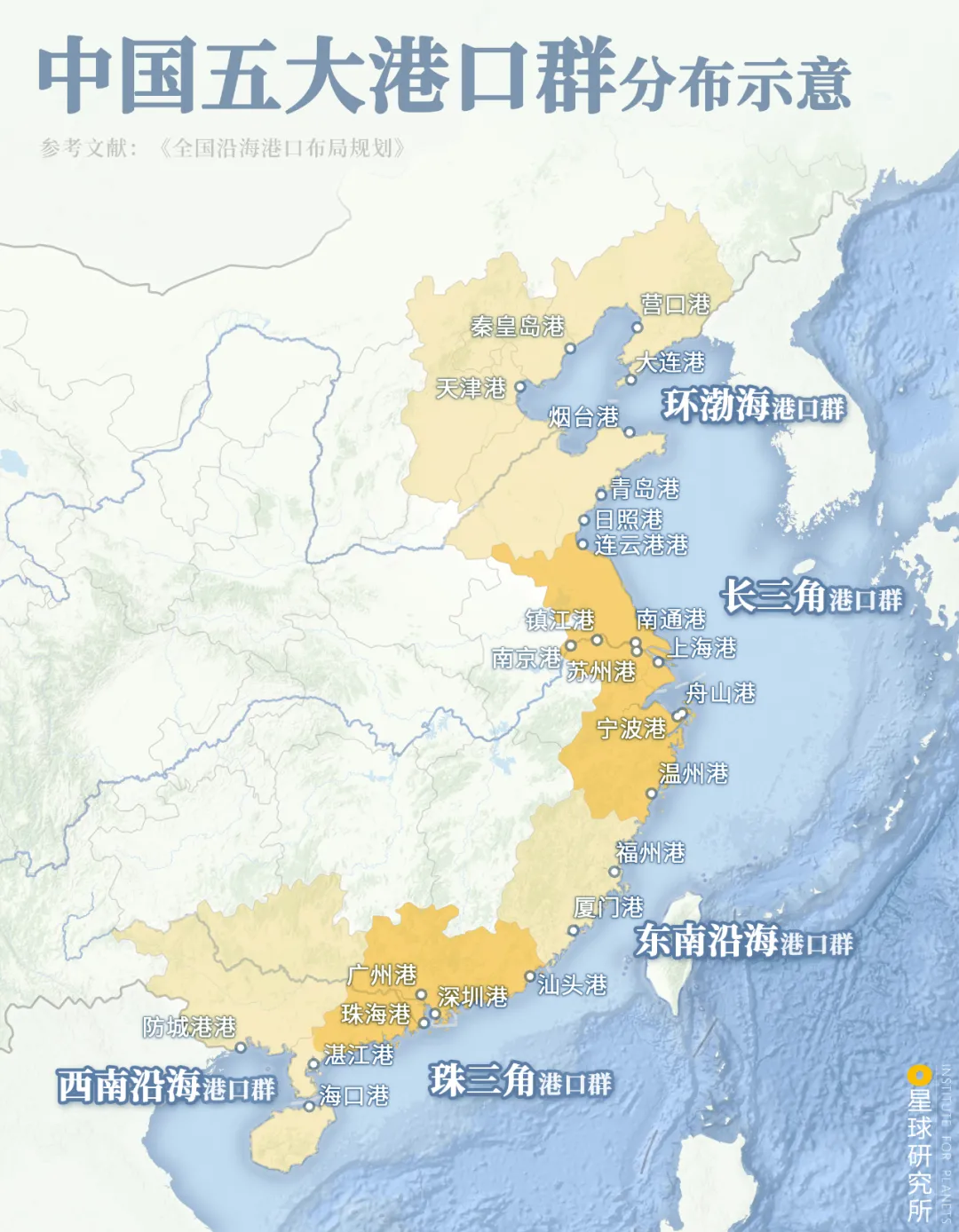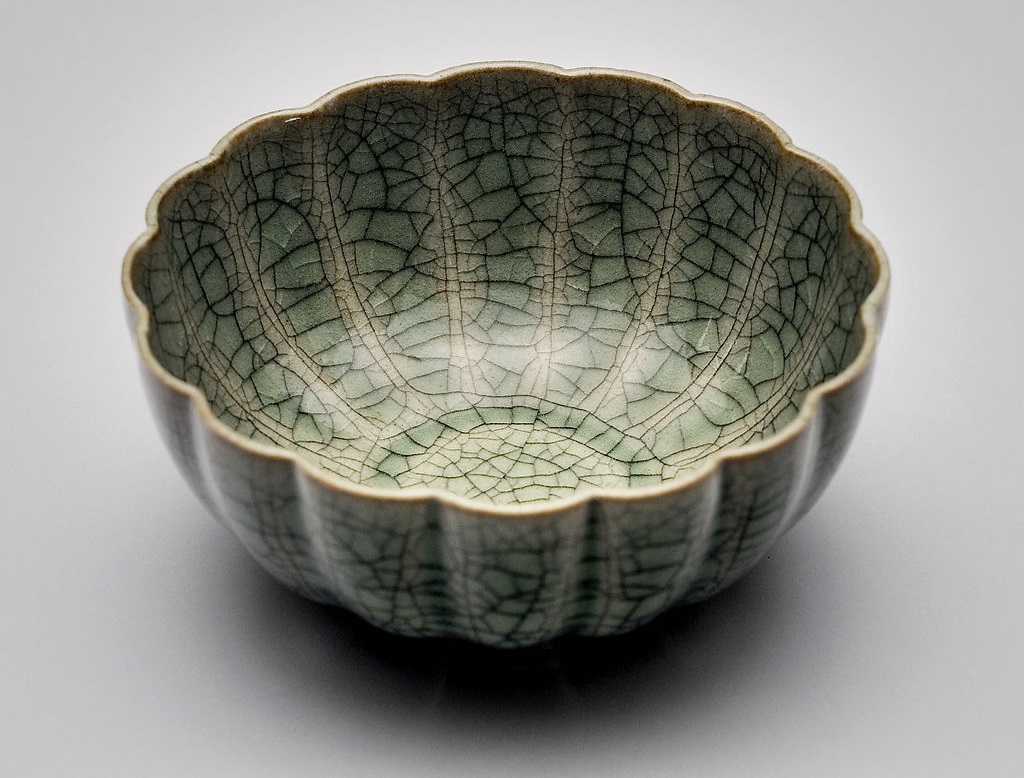
Deutsch-Chinesische Enzyklopädie, 德汉百科
 Zhejiang Sheng-ZJ
Zhejiang Sheng-ZJ



 China
China
 Women's Soccer World Cup 2007
Women's Soccer World Cup 2007
 Hubei Sheng-HB
Hubei Sheng-HB
 Shanghai Shi-SH
Shanghai Shi-SH
 Sichuan Sheng-SC
Sichuan Sheng-SC

 Sport
Sport
 (F)Football Women's World Cup
(F)Football Women's World Cup
 Tianjin Shi-TJ
Tianjin Shi-TJ
 Zhejiang Sheng-ZJ
Zhejiang Sheng-ZJ

 Egypt
Egypt
 China
China
 India
India


 IT-Times
IT-Times
 Late Classical, Romantic (Early, Middle, Late)
Late Classical, Romantic (Early, Middle, Late)
 Italy
Italy
 Japan
Japan
 Jordan
Jordan
 Malaysia
Malaysia
 Republic of Korea
Republic of Korea
 Saudi Arabia
Saudi Arabia
 Shanghai Shi-SH
Shanghai Shi-SH
 Spain
Spain
 Thailand
Thailand
 United Arab Emirates
United Arab Emirates
 United Kingdom
United Kingdom
 Zhejiang Sheng-ZJ
Zhejiang Sheng-ZJ


Die Flut des Qiantang-Flusses ist eine weltbekannte Naturerscheinung. Diese durch die Anziehungskraft des Himmelskörpers, die zentrifugale Wirkung der Erddrehung und die einer Trompete ähnliche Topographie der Hongzhou-Bucht verursachte Flut ist im Herbst besonders eindrucksvoll. Das Städtchen Yanguan in Haining, das sich an der Mündung des Qiantang-Flusses befindet, ist der beste Platz für die Flutschau. Zwischen dem 1. und dem 5. und dem 15. und dem 19. Tag des Mondmonats kommt die große Flut wie ein Bild stürmischen Aufschwungs vor. Der historischen Aufzeichnung nach erreichte die größte Flut 9 m hoch. Der 18. August des Mondmonnats ist das traditionelle Flutschau-Fest. Der Satz aus einem Gedicht der Song-Dynastie „Das Steigen der Flut sieht wie Schneerutsch im Himmel aus, während im Fallen der Flut der rollende Donner verschwindet.“ stellt ein treffendes Bild für die Flut des Qiangtang-Flusses dar. (Quelle:http://www.bjreview.cn/g-br/LU/2001.33-reisefuhrer-1.htm)
 Fujian Sheng-FJ
Fujian Sheng-FJ
 Guangdong Sheng-GD
Guangdong Sheng-GD
 Guangxi Zhuangzu Zizhiqu-GX
Guangxi Zhuangzu Zizhiqu-GX
 Hainan Sheng-HI
Hainan Sheng-HI
 Hebei Sheng-HE
Hebei Sheng-HE
 Jiangsu Sheng-JS
Jiangsu Sheng-JS
 Liaoning Sheng-LN
Liaoning Sheng-LN
 Shandong Sheng-SD
Shandong Sheng-SD
 Shanghai Shi-SH
Shanghai Shi-SH
 Tianjin Shi-TJ
Tianjin Shi-TJ
 Zhejiang Sheng-ZJ
Zhejiang Sheng-ZJ


 Abd al-Fattah as-Sisi
Abd al-Fattah as-Sisi
 Abe Shinzō
Abe Shinzō
 Angela Merkel
Angela Merkel
 Association of Southeast Asian Nations,ASEAN
Association of Southeast Asian Nations,ASEAN
 Bounnhang Vorachith
Bounnhang Vorachith
 Barack Obama
Barack Obama
 Bounnhang Vorachith
Bounnhang Vorachith
 China
China
 Donald Tusk
Donald Tusk
 Enrique Peña Nieto
Enrique Peña Nieto
 Financial Stability Board,FSB
Financial Stability Board,FSB
 Mark Carney
Mark Carney

 Financial
Financial
 Food and Agriculture Organization,FAO
Food and Agriculture Organization,FAO
 José Graziano da Silva
José Graziano da Silva
 François Hollande
François Hollande
 Generalsekretär der Vereinten Nationen
Generalsekretär der Vereinten Nationen
 Ban Ki-moon
Ban Ki-moon

 Hand in Hand
Hand in Hand
 Idriss Déby
Idriss Déby
 International Labour Organization,ILO
International Labour Organization,ILO
 Guy Ryder
Guy Ryder
 Internationaler Währungsfonds
Internationaler Währungsfonds
 Christine Lagarde
Christine Lagarde
 Jacob Zuma
Jacob Zuma
 Jean-Claude Juncker
Jean-Claude Juncker
 Joko Widodo
Joko Widodo
 Justin Trudeau
Justin Trudeau
 Lee Hsien Loong
Lee Hsien Loong
 Macky Sall
Macky Sall
 Malcolm Turnbull
Malcolm Turnbull
 Mariano Rajoy
Mariano Rajoy
 Matteo Renzi
Matteo Renzi
 Mauricio Macri
Mauricio Macri
 Michel Temer
Michel Temer
 Mohammad bin Salman bin Abdulaziz Al Saud
Mohammad bin Salman bin Abdulaziz Al Saud
 Narendra Modi
Narendra Modi
 Nursultan Nasarbajew
Nursultan Nasarbajew
 OECD
OECD
 José Ángel Gurría
José Ángel Gurría
 Park Geun-hye
Park Geun-hye
 Prayut Chan-o-cha
Prayut Chan-o-cha
 Recep Tayyip Erdoğan
Recep Tayyip Erdoğan
 Theresa May
Theresa May
 World Bank
World Bank
 Jim Yong Kim
Jim Yong Kim

 Economy and trade
Economy and trade
 Wladimir Wladimirowitsch Putin
Wladimir Wladimirowitsch Putin
 World Trade Organization
World Trade Organization
 Roberto Azevêdo
Roberto Azevêdo
 Xi Jingping
Xi Jingping
 Zhejiang Sheng-ZJ
Zhejiang Sheng-ZJ




Ge ware or Ko ware (Chinese: 哥窯; pinyin: Gē yáo; Wade–Giles: Ko-yao) is a type of celadon or greenware in Chinese pottery. It was one of the Five Great Kilns of the Song dynasty recognised by later Chinese writers,[1] but has remained rather mysterious to modern scholars, with much debate as to which surviving pieces, if any, actually are Ge ware,[2] whether they actually come from the Song, and where they were made.[3] In recognition of this, many sources call all actual pieces Ge-type ware.[4]
It is clear that their distinguishing feature is deliberate crackle, or a network of cracks in the glaze; but this is not restricted to them, and in particular the related Guan ware uses very similar effects. Ge ware often shows "double crackle" or crackle of two types, and one view is that this is the defining characteristic of the type.[5] A three-day conference at the Shanghai Museum in 1992 attempted to reach a clear definition of Ge ware, but could not reconcile all views.[6]
 Geography
Geography
 Party and government
Party and government
 Architecture
Architecture
 History
History
 Art
Art